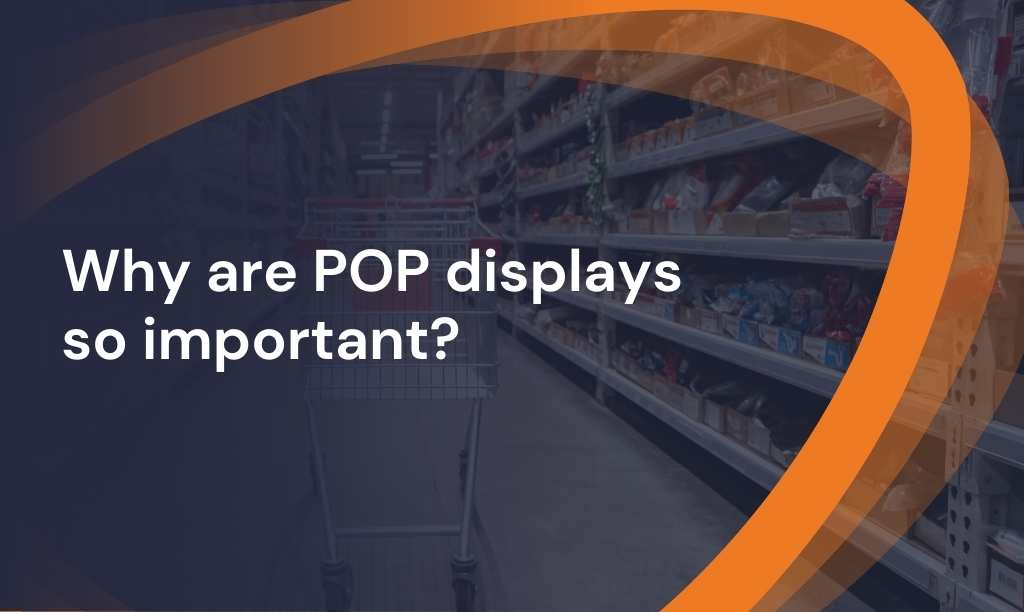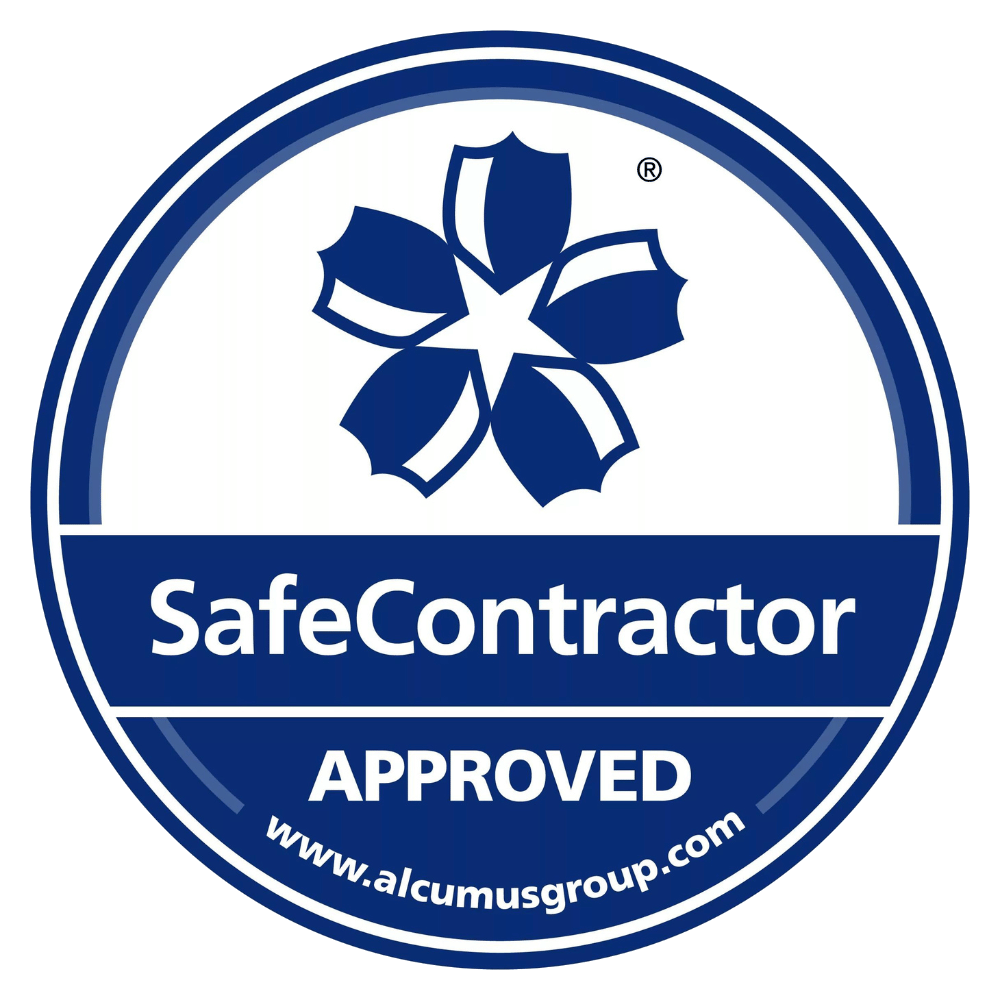Why are POP displays important? POP displays or point of purchase displays are evident throughout retail stores today. They feature in smaller retailers, family-owned companies and larger, international retailers.
Shopping in the United Kingdom is worth an estimated £358 billion in 2016 and recent reports have indicated that in-store purchase decisions have increased by 90%. This is in spite of e-commerce which offers customers a different arena in which to shop. Point of purchase displays have shown to have a positive impact on sales volumes.
What are POP displays?
A point of purchase display is a unit that is placed in a store specifically designed to increase a basket’s sale size. It is a marketing tool used by retailers, displaying marketing material next to a product. It promotes the benefits of products to the customer, encouraging them to make a purchase decision within the store.
POP displays are usually found where purchasing decisions are made, such as next to the checkout. Although they shouldn’t be confused with endcap displays, another merchandising tool used by retailers. An endcap sits at the end of an aisle and is often rented out by retailers to enhance the visibility of a product.
POP displays can be utilised in many different formats, however. The most popular is through the use of signage. Retailers are also adapting to modern technology and introducing digital signage and video to attract customers’ attention. Studies have shown that products with signs outperform their counterparts without by up to 20%.
Making the most of POP displays
As well as embracing technology to improve POP displays, retailers also use a variety of successful methods to increase sales. Some stores set out areas dedicated to pop displays, almost creating a mini store within a store. Some stores use pop displays as soon as customers walk through the door. Retailers such as B&Q showcase their best stock or seasonal stock at the entrance accompanied with eye-catching banners promoting the benefits. This instantaneous sales pitch prompts customers to begin thinking about products that they may not have even been coming in to buy.
POP displays also act as an additional staff member. The features and benefits on signage answer many questions that customers may have about the product. Customers don’t need to hang around waiting for a busy sales assistant to answer questions. Purchase decisions will, therefore, be made much quicker.




